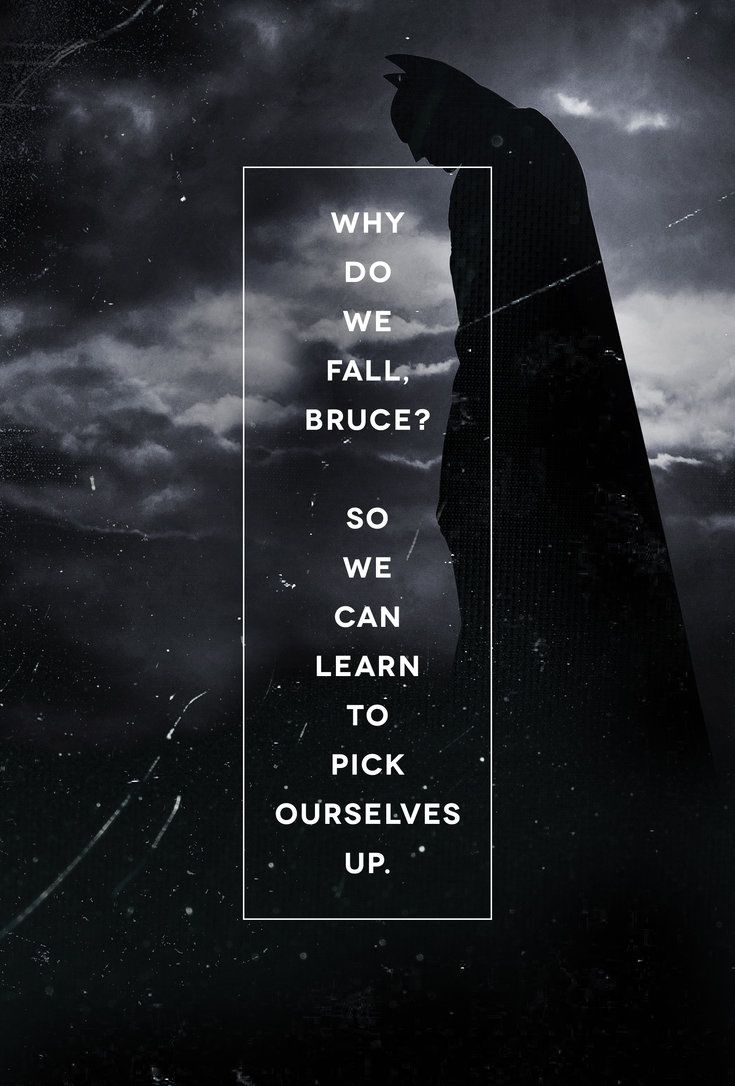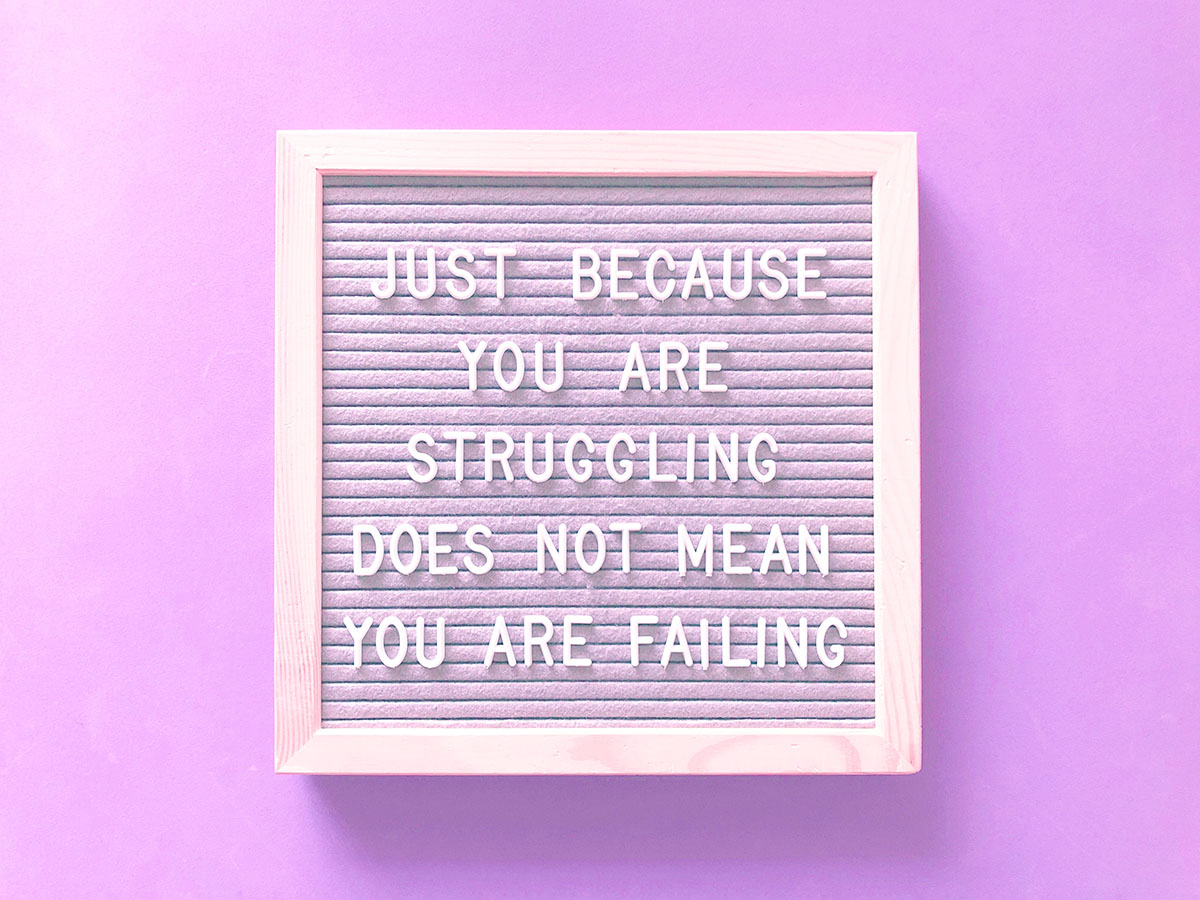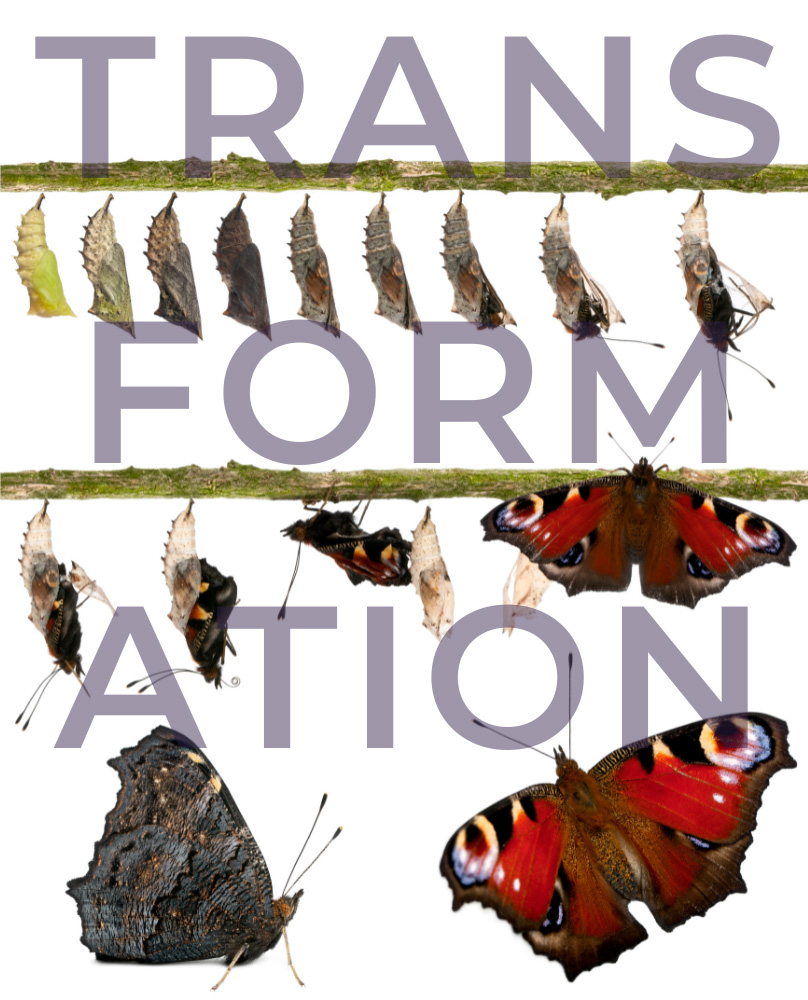Even though I grew up playing with Barbie’s, I secretly loved Wonder Woman and Batman and most of the DC comic superheroes. My favorite quote from the Batman movies was when his dad would say to him, “Why do we fall, Bruce? So we learn to get back up again.â€
Many of us grow up learning to avoid failure, and we see that everywhere today. Major corporations trying to avoid financial failure by ignoring major catastrophes on the horizon, such as climate change and associated human migrations and food shortages. Even the latest climate bill demands ongoing oil drilling and fossil fuel usage, sacrificing hundreds of thousands of natural lands in order to avoid gas and oil companies “failing†their quarterly statement.

-
Did you grow up learning to avoid “failure�
-
Did anyone teach you how to discover the benefits of “failure�
-
What is “failure�

Scientists, athletes, and others may say that “failure†is not reaching a specific goal you set out to achieve. However, every time they fail, they focus less on that aspect of the situation, and instead turn their attention towards the feedback. What did they learn from this supposed “failureâ€? What led to this outcome, and what does that teach us? We learn more from our failures, than from our successes…when we allow it.
Adam Grant’s book, Think Again, does a brilliant job of highlighting the global research demonstrating the importance of thinking like a scientist and being willing to constantly rethink our current perspectives and approaches. I mention his research when teaching my course, “Retrain Your Pelvic Pain†with Pelvic Rehabilitation Medicine.

What we're trying to avoid
In the world of chronic pain, our physical experience requires us to seek the feedback amidst the “failures†of various treatment approaches. It can be really challenging for someone in chronic pain to be willing to look at the mind-body perspective because this requires challenging their current worldview in how the body operates.
We live in a world where Big Pharma and western science is everything; the main motto is that everything can be fixed with a pill, a surgery, or some other physical intervention. While this creates billions of dollars for them, it also sets them up for 100% of the “blame†when it doesn’t work. Of course, when this happens, that’s when they invite in the mind-body connection by telling patients “it’s all in your headâ€. Well, technically, is nociception (the signal that is sent through the nervous system, up the spine, and into the brain for evaluation) processed in the brain, which resides in your head? Yes, it is. However, saying “it’s all in your head†is an oversimplification of a very complex process. I’ll spend more time in another blog discussing pain education.
For the purposes of this blog, I want to highlight how to begin exploring the feedback pain provides, rather than seeing pain as “failure†of any procedure, pill, or surgery.

Step one is to see pain as feedback and not failure. Pain is our body’s alarm and this is required for survival. We need to know if we step on a nail, or if our appendix needs to be removed. Sometimes, however, our body becomes habituated to send the signal long after the tissue damage has healed. This is when we call it “chronic painâ€. Why does this happen? Well, more on that in next week’s post. For now, let’s talk about what you can do when you experience pain.
The last blog post discussed the importance of practicing dialogue with our body. Taking a moment to tune in and be curious about what’s going on is the first step.
When a signal reaches the brain, it follows a series of check-ins:
- What part of the body is this signal coming from?
- How important is this part of the body?
- What do I know about this part of the body?
- What have I observed and learned about this part of the body?
- Have I received signals from this part of the body before? If so, for how long and was it
dangerous? - Where am I?
- What am I doing when I receive this signal?
- Who’s with me?
- What’s my current emotional state?
- What’s the history of this part of the body?

The brain’s main question: “Am I in danger?â€
Depending on the answer, the brain’s response is you are either experiencing pain, or not. The feedback dictates our brain and nervous system’s reaction to nociception. Therefore, being curious about this feedback and practicing our ability to update the software our brain utilizes to make a decision is all very important in order to influence our experience of pain.
- How do I update the software?
- For today, let’s keep it simple.
- Close your eyes and imagine you can scoop out the pain.
- Imagine holding it in your hands in front of you.
- What does it look like?
- What color(s) is it?
- What is the texture?
- What’s the temperature of it?
- What’s the weight of it?
- If it’s making a sound, what sound is it making?
- Does it have a smell?
- Is it moving or is it still?
- If it’s moving, play around with what it feels like to slow it down, keep it still, and move it in the opposite direction.
- What emotions arise within you as you tune into this object and its energy?
- Dialogue with it while assuming good will.
- Ask it:
- “What do you want for me?â€
- “What do you want from me?â€
- Now an important step: offer gratitude.
- “Thank you for wanting this for me and for telling me what you want or need from me. Thank you for trying to protect me. I’ll take it from here.â€
- Now, imagine I placed a magic hat on your head, making your hands filled with magical powers. With these new powers, transform the object into something that feels better.
- Take your time and follow your inner guidance system.
- Don’t overthink it.
- What’s the first thing that comes to your mind’s eye when I invite you to transform this energy?
- What does the new object look like?
- What color(s) is it?
- What is the texture now?
- What’s the new temperature of it?
- What’s the weight of it now?
- If it’s making a sound, what sound is it making?
- Does it have a smell?
- Is it moving or is it still?
- If it’s moving, notice the pace.
- What emotions arise within you as you tune into this object and its energy?
- Notice how this new energy feels as you hold it in your hands.
- When you’re ready, on the next inhalation, imagine placing this new energy into your body to fill the space from which you removed the original image.
- Allow this new energy to integrate into every level of your body and mind.
- What do you notice?
- How does your body feel differently now that you’ve changed the image in your mind?
I’ve created a complementary audio file for guidance on this exercise. Send me a message to access the audio that goes along with this post.
Your pain is not “all in your head†– it’s all over.
Pain is a collaboration of your nerves, muscles, cellular memory, genetic memory (generational trauma), biofield (the electromagnetic energy that is emitted from the body and surrounds you at various levels and distances), environment, and your conscious and subconscious perspective of safety and security. That’s a lot to try to evaluate on a conscious level. Therefore, when you take this approach to utilize metaphors and symbolism to see it, feel it, hear it, and respond to it – it’s a simple and effective way to shift it. The brain and your subconscious can update the details of what this new object means. Don’t worry about that. For now, focus on the new object, and let it be.
How do you feel? Comment below to share your experience!
